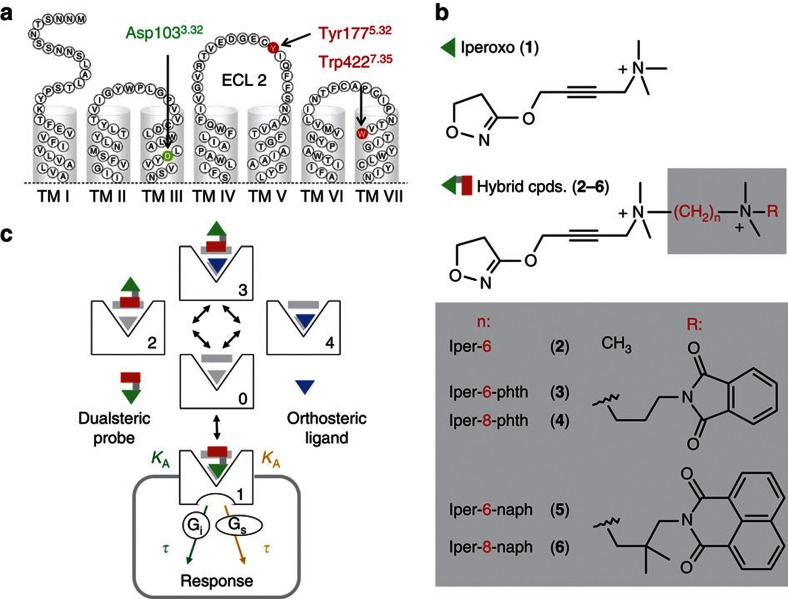Figure 1. Receptor binding poses of dualsteric probes.
(a) Snake-like plot of the outer loop region of the muscarinic M2 receptor along with the flanking alpha-helical domains. Arrows indicate essential epitopes for orthosteric (green) and allosteric (red) ligand binding. (b) Dualsteric hybrid design: the super high-affinity orthosteric muscarinic agonist iperoxo is linked via a hexamethylene- or octamethylene-spacer with allosteric inverse agonistic phthalimide or naphthalimide moieties. (c) Receptor binding poses of dualsteric probes in the absence (1,2) and presence (3) of an orthosteric ligand. With the hybrid design of this study, only the dualsteric binding mode (1) leads to receptor activation and downstream signalling. The coupling efficiency τ quantifies the efficacy with which agonist-occupied receptors activate Gi and Gs signalling. The coupling of either Gi or Gs proteins to the M2 receptor affects the binding constant KA of the dualsteric agonist.

